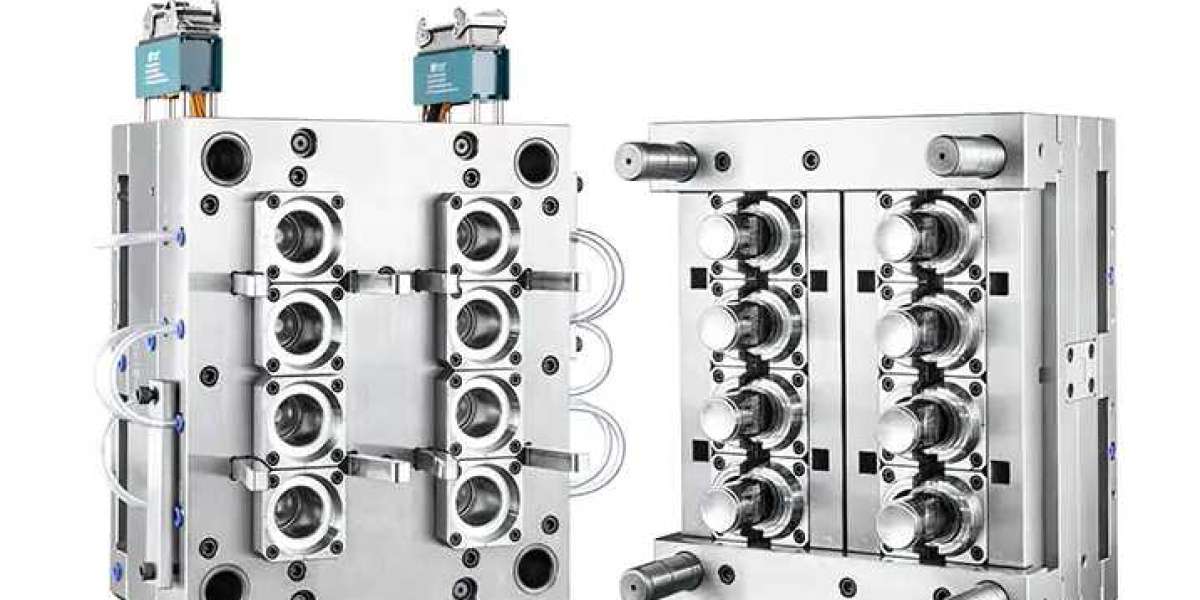The medical injection mold industry is continuously evolving, driven by advancements in material science, automation, and precision engineering. As the demand for high-quality medical devices and components rises, manufacturers are embracing new technologies and processes to enhance the efficiency, accuracy, and sustainability of medical injection molds.
One of the most significant trends is the growing adoption of advanced materials. In medical molding, the materials used must meet stringent regulatory requirements while ensuring safety and durability. Traditional materials like medical-grade plastics are being complemented by newer materials, such as biocompatible polymers, which offer improved performance in terms of strength, flexibility, and resistance to environmental factors. The development of bioresorbable materials is another exciting trend, as these materials naturally break down in the body over time, making them ideal for certain medical applications.
Automation and smart technologies are also transforming the medical injection molding process. Computer Numerical Control (CNC) systems, robotics, and artificial intelligence are being increasingly integrated into manufacturing workflows. This enables more precise control over mold design, enhanced production speeds, and reduced human error. Furthermore, these technologies allow for more complex geometries to be molded, which is particularly valuable when producing intricate medical components such as surgical tools or implantable devices.
3D printing is another area of innovation within the medical injection mold industry. While injection molding itself is traditionally a highly efficient process for producing large volumes of identical components, 3D printing is complementing this with the ability to rapidly prototype and test new mold designs before committing to full-scale production. This approach helps manufacturers to reduce costs and time-to-market for new medical devices.
In addition to technological innovations, sustainability is becoming a key focus. The increasing need for environmentally responsible manufacturing practices is leading to the development of recyclable molds and more efficient production methods that reduce waste and energy consumption. Companies are investing in more sustainable manufacturing techniques, ensuring that the medical injection mold process is not only effective but also eco-friendly.
In summary, the medical injection mold industry is evolving rapidly with the help of new materials, advanced technologies, and a stronger focus on sustainability. These trends reflect the growing need for medical components that are not only functional but also safe, efficient, and environmentally responsible.







